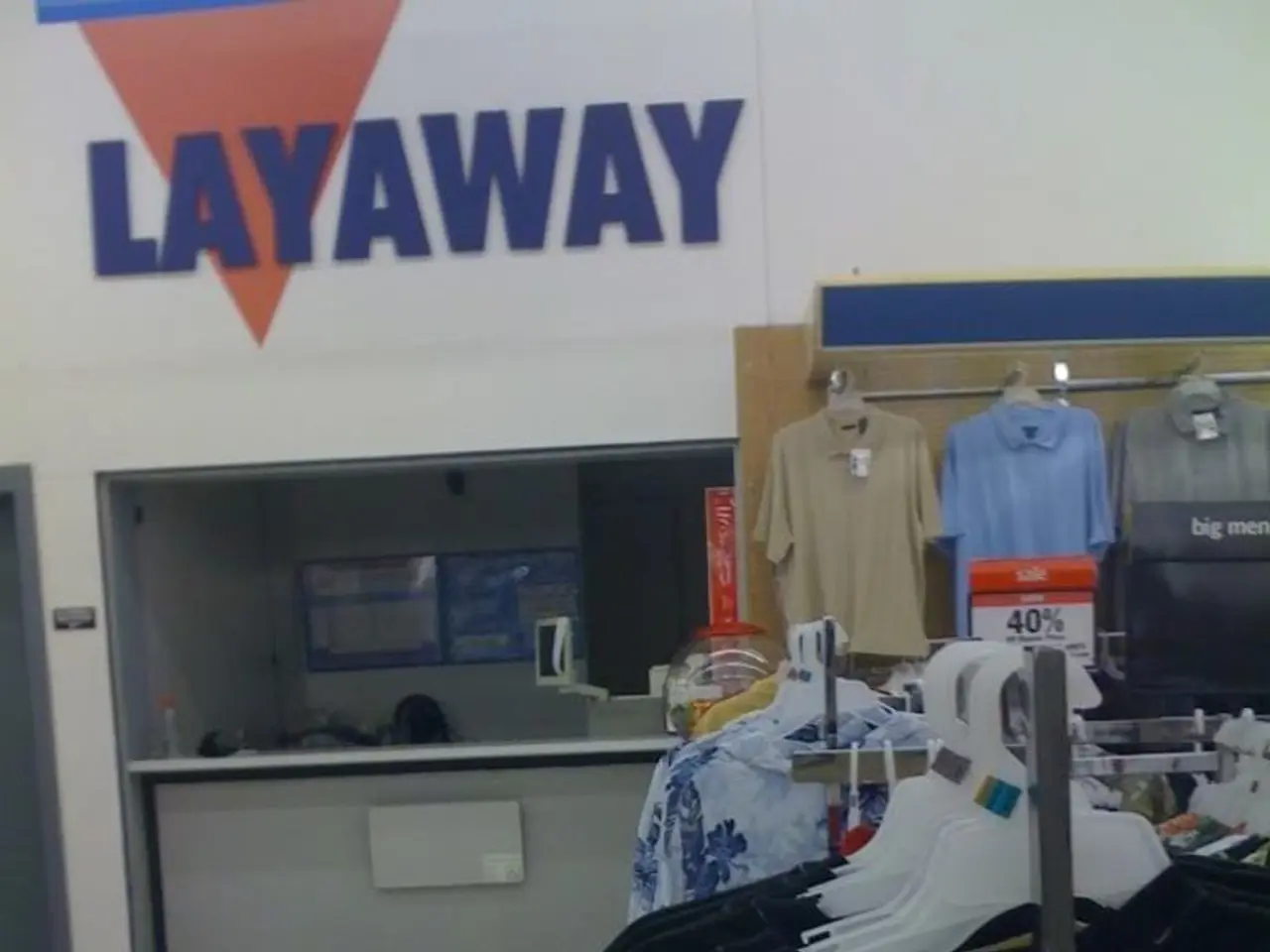Empowering Sales for Apparel Wholesalers and Manufacturers: A Handbook for Success
In today's competitive wholesale fashion market, the importance of B2B sales enablement cannot be overstated. This strategic approach is designed to optimize complex, multi-stakeholder buying processes, thereby improving operational efficiency, customer experience, and buyer satisfaction.
At the heart of B2B sales enablement for apparel distributors and brands lies the streamlining of sales processes. This includes providing necessary tools, resources, and training to sales teams to engage effectively with potential buyers.
Customer Account Management
A robust self-service portal is key. It allows buyers to manage orders, track activity, and access personalized pricing without heavy sales rep involvement. This supports organizational structures with permission controls and procurement workflows critical for business customers.
Catalog Management
Tools to create customized product catalogs and pricing rules based on contracts, purchase volumes, or customer groups are essential. This personalization boosts conversions by matching buyer-specific terms and reduces manual quoting effort.
Order Processing
Support for high-volume, bulk orders is crucial. Features like saved lists, bulk uploads, and approval workflows simplify repeat ordering while maintaining controls.
Inventory Integration
Real-time visibility of stock across regions or accounts builds buyer trust and ensures efficient allocation of apparel inventory, reducing fulfillment friction.
Sales and Marketing Content
Well-organized resources such as product brochures, brand assets, sales playbooks, and case studies are vital. They support distributors and buyers with technical information and enablement tools tailored for programmatic ordering and complex product offerings.
Partner Ecosystem and Collaboration
Engagement programs including training, certifications, incentives, and co-selling or co-marketing initiatives empower distribution partners to sell effectively and consistently with the brand’s strategy, crucial for scaling reach and revenue.
Continuous Optimization
Ongoing testing and refinement of websites and digital touchpoints to improve buyer conversion rates are essential, reflecting the long and complex decision cycles in B2B sales.
A B2B platform like Uphance, for instance, brings all these necessary tools for sales reps in one place, including inventory management and order fulfillment.
B2B sales enablement doesn't just streamline processes; it boosts sales performance and drives revenue growth. The success of these initiatives can be measured by establishing clear key performance indicators (KPIs) and using data analytics.
A well-implemented sales enablement strategy adapts to market changes and customer needs. It includes aligning sales and marketing efforts, creating compelling content, and leveraging technology to streamline sales processes.
In conclusion, B2B sales enablement is a game-changer for apparel distributors and brands. By addressing the unique challenges of B2B commerce, it boosts efficiency, customer retention, and revenue growth in competitive wholesale environments.
For further insights, download our free guide on the impact of digital B2B showrooms on wholesale fashion.
[Christopher Ike, a content specialist with over 5 years of experience in the SaaS space, focuses on providing apparel brands with insights to streamline their operations and hit their marketing goals.]
- Efficient sales enablement strategies in the retail industry involve harnessing technology to optimize complex buying processes, as seen in the B2B platform Uphance, which integrates inventory management and order fulfillment tools for sales representatives.
- In the finance sector, streamlining B2B sales processes using the right tools, resources, and training, as recommended by a content specialist, can drive revenue growth for apparel brands and distributors, enhancing operational efficiency, customer satisfaction, and overall business success.




